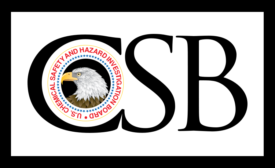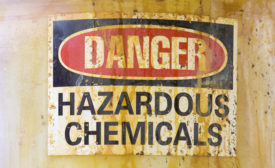Home » hazmat
Articles Tagged with ''hazmat''
New online training helps protect HAZWOPER emergency responders
J. J. Keller unveils HAZWOPER: Emergency Response Initial Training courses to Assist with OSHA HAZWOPER compliance
May 3, 2018
Never miss the latest news and trends driving the safety industry
eNewsletter | Website | eMagazine
JOIN TODAYCopyright ©2024. All Rights Reserved BNP Media.
Design, CMS, Hosting & Web Development :: ePublishing








